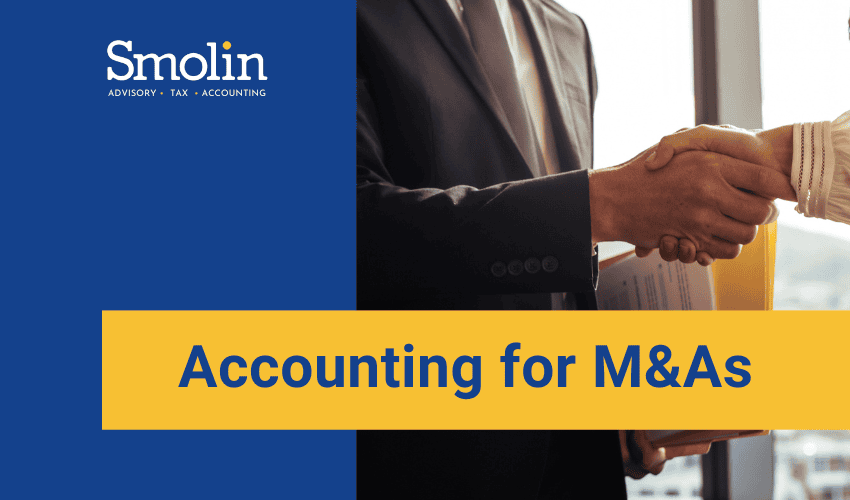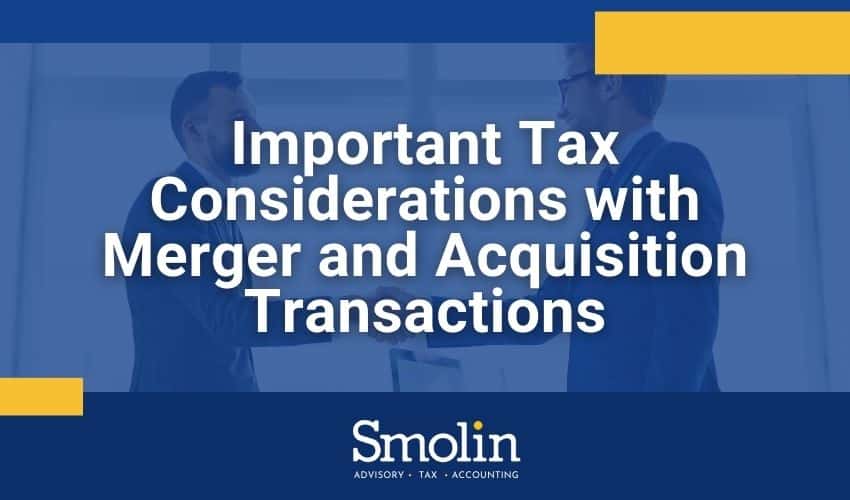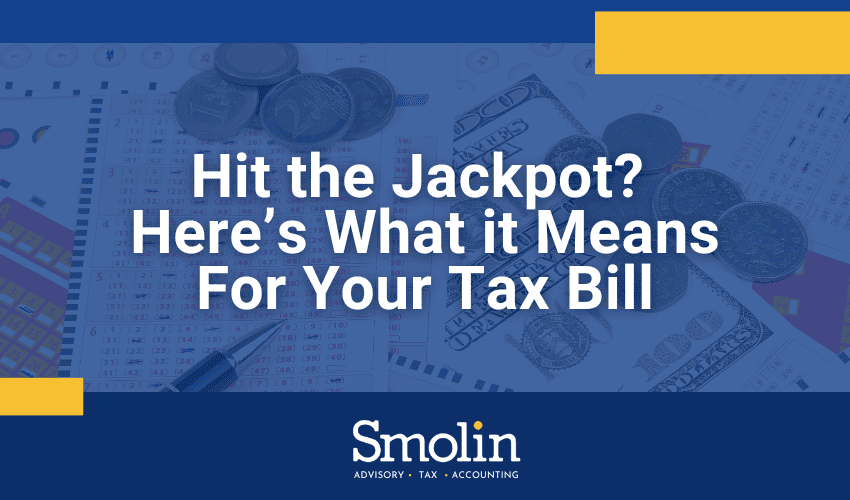Mergers and acquisitions (M&A) transactions significantly impact financial reporting, especially the balance sheet, which will look markedly different after the business combination. Keep reading for basic guidance on reporting business combinations under U.S. Generally Accepted Accounting Principles (GAAP).
Understanding the purchase price allocation process
Under GAAP, the buyer must allocate the purchase price to all acquired assets and liabilities based on their fair values.
Estimate the purchase price
The purchase price allocation process begins by estimating a cash equivalent purchase price. Of course, this is simpler if the buyer pays 100% cash upfront. (The purchase price is already at a cash equivalent value.) If a seller accepts non-cash terms, however, the cash equivalent price is less clear. An example of this could be accepting stock in the newly formed entity or if an earnout is contingent on the acquired entity’s future performance.
Identify assets and liabilities
Next, the buyer needs to identify all intangible and tangible assets and liabilities acquired in the merger. While the seller’s presale balance sheet is likely to report tangible assets and liabilities—like inventory, payables, and equipment—intangibles can be more difficult to nail down. They might only be reported if they were previously purchased by the seller. Since intangibles are generated in-house, they’re not often included on the seller’s balance sheet.
Determining the fair value of acquired assets and liabilities
When a company acquires another company, the acquired assets and liabilities are added to its balance sheet at their fair value on the acquisition date. Any difference between the sum of these fair values and the purchase price is recorded as goodwill.
Generally, goodwill and other intangible assets with indefinite lives, such as brand names and in-process research and development, aren’t amortized under GAAP. Rather, goodwill must be tested for impairment on an annual basis.
Testing for impairment
It’s also a good idea to test for impairment when certain triggering events—like the loss of a major customer or enactment of unfavorable government regulations—occur. If an impairment loss is reported by a borrower, this may signal that the business combination isn’t quite meeting management’s expectations.
Straight-line amortization
As an alternative to testing for impairment, private companies may opt to amortize goodwill over 10 years straight-line. Even with this approach, though, the company will need to test for impairment when triggering events occur.
Occasionally, a buyer negotiates a bargain purchase. In this circumstance, the fair value of the net assets exceeds the fair value of consideration transfer (the purchase price). Instead of recording negative goodwill, the buyer reports a gain from the purchase on their income statement.
Questions? Smolin can help.
Accurately allocating your purchase price is crucial to minimize write-offs and restatements in subsequent periods. Contact Smolin from the start to ensure every detail of your M&A accounting is correct. We’ll help ensure your fair value estimates are supported by market data and reliable valuation techniques.









